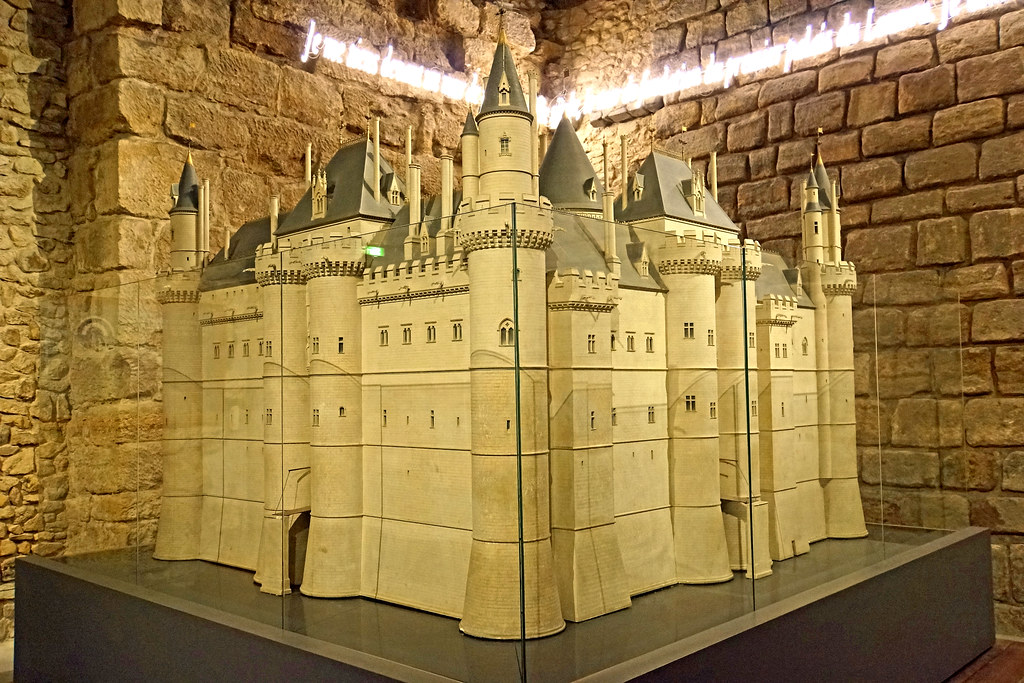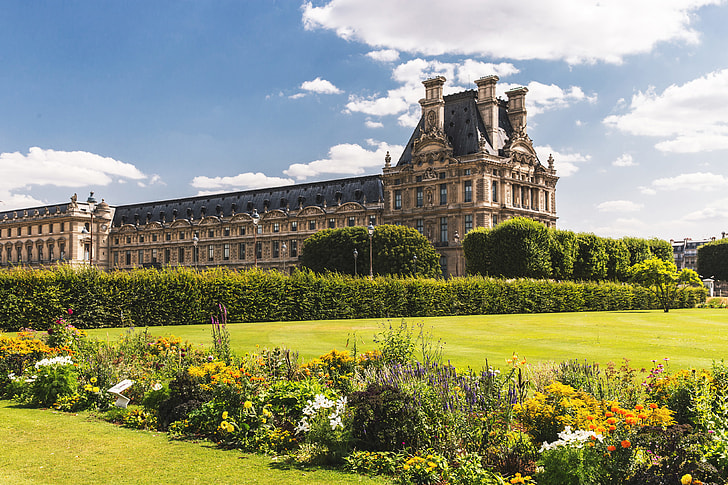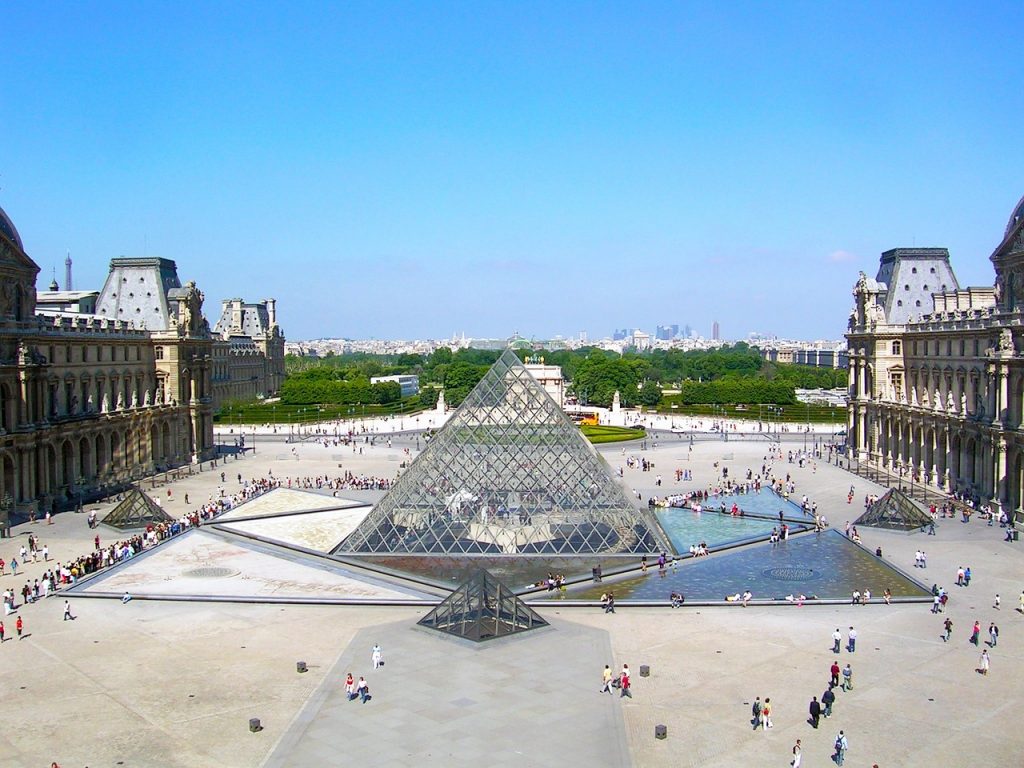The Louvre, a testament to human ingenuity and cultural legacy, has been shaped by visionary rulers for centuries. From its origins as a medieval fortress to its transformation into a world-renowned museum, each ruler has left an indelible mark on the building. Let’s journey through time, exploring the key historical figures of the Louvre.
King Philip II of France (1180s – 1223)
The story of the Louvre begins with King Philip II who constructed the medieval fortress in the late 12th century. Situated strategically on the banks of the Seine, Phillip constructed the fortress to defend Paris from the English invasion forces.

King Charles V of France (1364 – 1380)
Under the reign of King Charles V, the Louvre underwent significant expansion and fortification. Charles transformed the fortress into a grand residence by adding towers, walls, and moats. It became the royal palace.
King Henry IV of France (1589 – 1610)
During the Renaissance period, King Henry IV initiated plans to convert the Louvre into a palace fit for a king. His ambitions were curtailed by his assassination due to religious divisions in 1610, but his vision laid the groundwork for future architectural endeavors.
Marie de’ Medici (1610 – 1642)
Marie de’ Medici, queen consort of Henry IV, played a significant role in the history of the Louvre. Following the assassination of her husband, Marie commissioned the construction of the Palais des Tuileries, adjacent to the Louvre, and had it serve as her royal residence. Designed in the French Renaissance style, the Tuileries Palace became an integral part of the Louvre complex. Although the palace was burned to the ground during the Paris Commune in 1871, Marie’s influence on the Louvre’s development remains palpable in the form of the Tuileries Gardens that still bear witness to this day.

King Louis XIV of France (1643 – 1715)
The reign of Louis XIV, the Sun King, heralded a golden era of grandeur and opulence for the Louvre. He began many projects that focused on restoration efforts and size increases. In February of 1661, he would complete the reconstruction of the Petite Galerie. Shortly after, he began to expand the Grand Salon in the North wing that would double its size. Although much of the exterior had been finished, Louis XIV left much of the inside empty. He left the palace in 1666 and stopped construction in entirely in the late 1670s. He decided to shift all of his resources and efforts in building Versailles. Although many of his plans at the Louvre left unfinished, he aided in embellishing and establishing it as a cultural institution.
Napoleon Bonaparte (1799 – 1814/1815)
Napoleon Bonaparte’s reign marked a significant period in the Louvre’s history. At this point, the Louvre had become a museum following the events of the French Revolution in 1793; however, Napoleon wished for it to be a cultural institution. In addition to emphasizing its rich, cultural history, Napoleon expanded the Louvre’s collection through various means, including the acquisition of artworks during his military campaigns across Europe. Napoleon’s actions, while controversial, significantly enriched the Louvre’s collection and contributed to its status as one of the world’s foremost art museums.
Napoleon III (1852 – 1870)
Under the reign of Napoleon III, the Louvre underwent extensive renovation and expansion. Napoleon III commissioned architect Louis Visconti to redesign the Louvre’s facade, adding the iconic Pavillon de Flore and Pavillon de Marsan. These additions blended seamlessly with the existing structure, enhancing the palace’s grandeur and architectural significance.
François Mitterrand (1981 – 1995)
In the late 20th century, President François Mitterrand embarked on a bold initiative to modernize the Louvre. His ambitious Grand Louvre project, spearheaded by architect I. M. Pei, introduced the iconic glass pyramid as the museum’s new entrance. This contemporary addition harmoniously juxtaposed with the historic architecture, symbolizing the Louvre’s commitment to innovation and accessibility.

Over centuries, key French historical figures have shaped the destiny of the Louvre with each leaving a unique imprint on its architectural landscape. From medieval fortress to cultural icon, the Louvre stands as a testament to human creativity and ambition and the embodiment of the rich tapestry of history and art. As custodians of this legacy, we honor the endurance of these rulers by ensuring that the spirit of innovation and excellence continues to inspire future generations.
If you want to discover more things about Paris, you can see our video on YouTube !
If you want to book a tour with My Private Paris: click here.
Article written by Sarah







